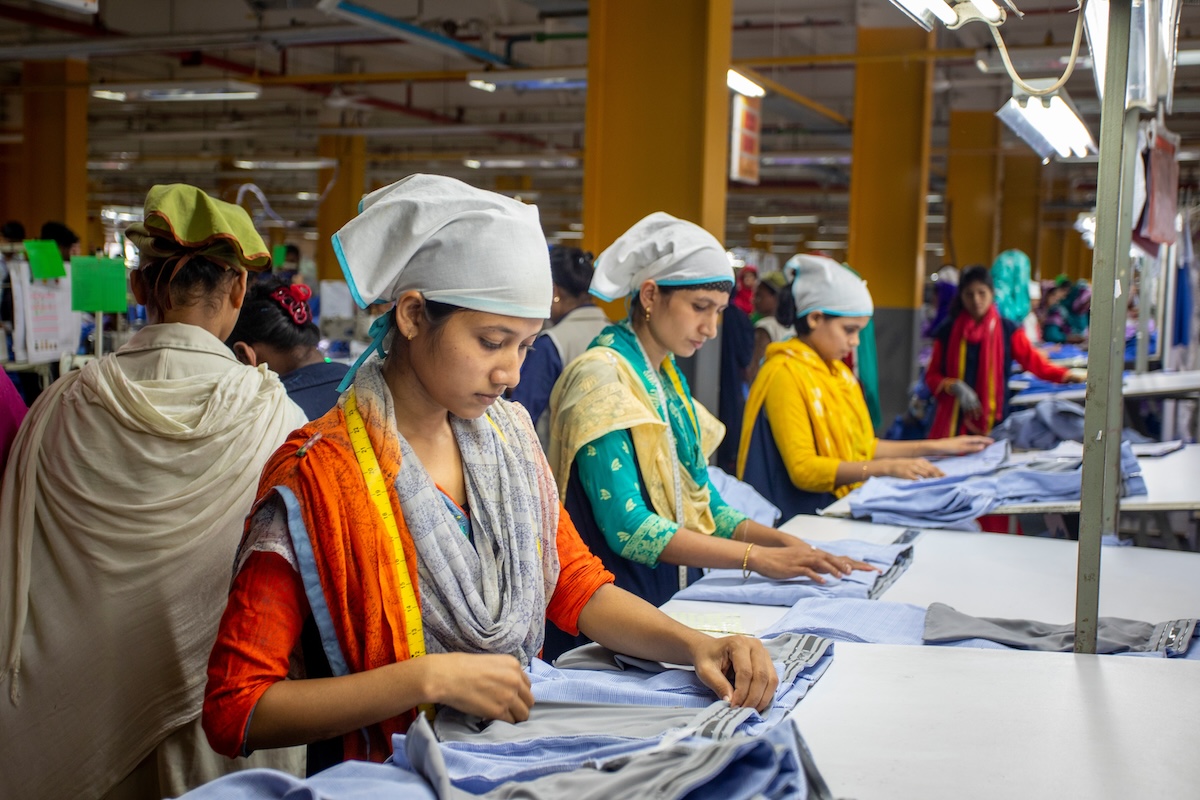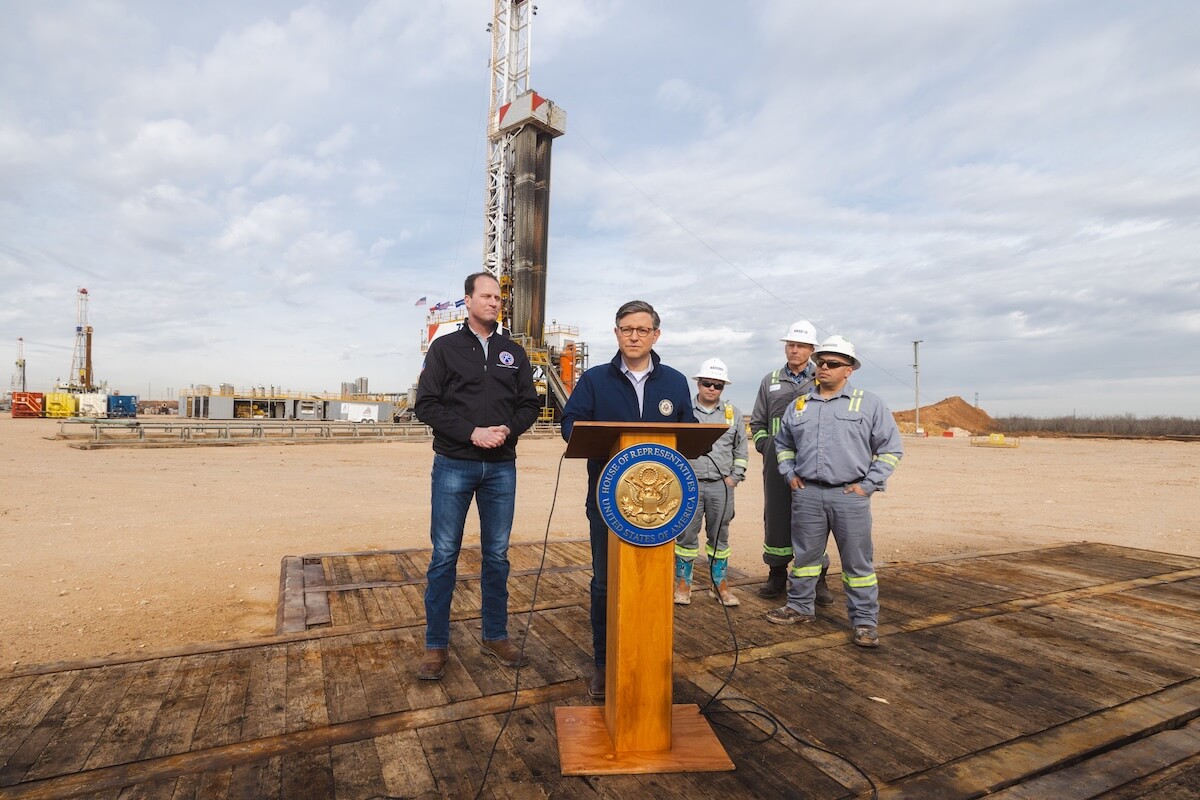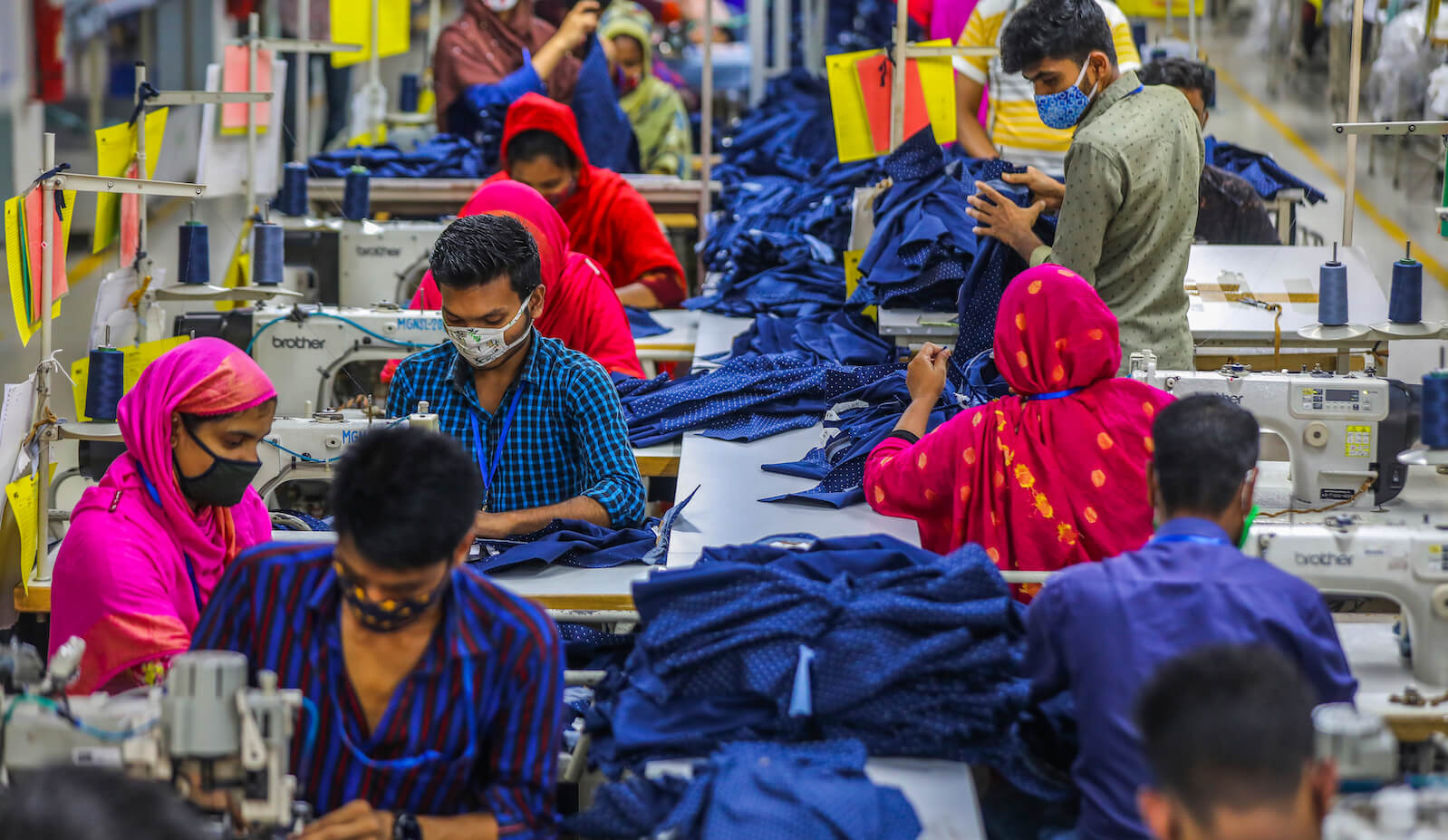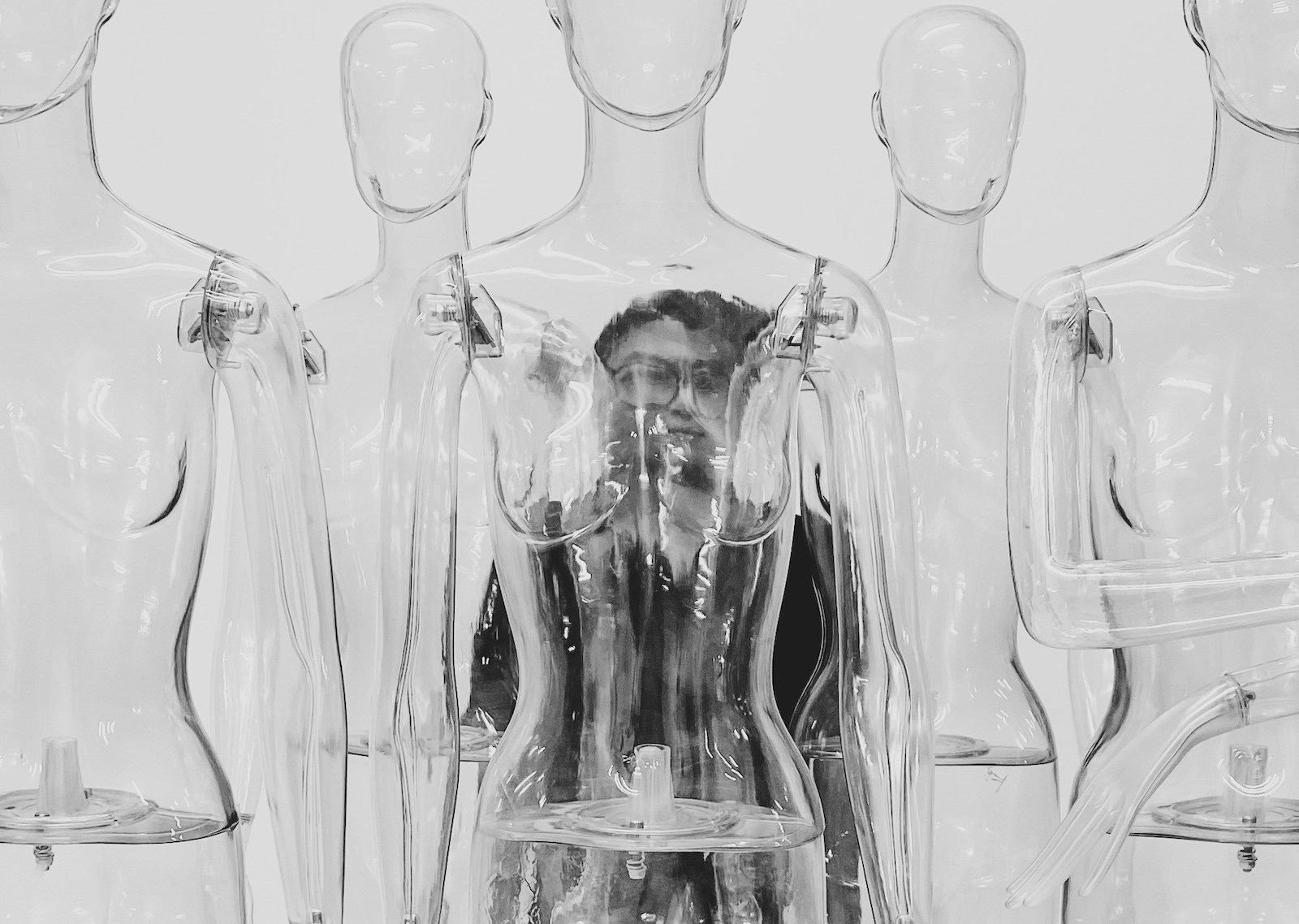Tired: ESG risk reporting. Wired: Reports on company impact.
Almost nine in 10 companies in the S&P 500 now regularly issue some sort of environmental, social and governance, or ESG, report. Such reports help companies disclose a variety of external risks to their own operations – and company efforts to mitigate those risks.
A growing number of corporations are going beyond accounting for the risks to themselves to detail the positive impact their products and services have on employees, communities and the environment.
As Tesla wrote in its first impact report last year, “As the world needs to strive for a substantial positive impact, we won’t be referring to ESG in this report. Instead, we’ll talk about impact.” The company’s 2022 impact report suggests that the accident rate for Tesla vehicles engaged with autopilot (mostly highway miles) is 80% lower than the US vehicle average.
Most companies have moved beyond glossy pictures of kids in fields of flowers to real goal setting and measurable metrics, including solar installations in underserved neighborhoods (Sunrun), use of proceeds of sustainability bonds (Autodesk), vision and eye health (Warby Parker), and Scope 1 and 2 emissions reductions (3M).
All of the above are working to boost diversity and inclusion in their leadership and workforce.
Social Impact World is keeping a running list of corporate impact reports. ImpactAlpha dug through more than 600 pages of impact reporting to pull out some highlights:
Sunrun: Solar-as-a-service at scale
Sunrun’s residential solar-as-a-service model fueled the growth of rooftop solar and positioned the company for a 2015 IPO. The San Francisco-based company has since expanded to include energy storage and home electrification, and generates more than $1 billion in recurring revenues yearly.
Sunrun’s Mary Powell, who has led the company since August 2021, says the company creates “long-term value for all of our stakeholders by having an unwavering focus on sustainable, profitable growth.”
To keep it on track, Sunrun tracks a set of long-term environmental, social and governance goals it set in 2021. Some highlights from its 2022 impact report:
Reducing emissions: Sunrun aims to install enough renewable energy systems to avoid at least 600 million metric tons (661 US tons) of CO2 equivalent over their lifetimes. In its impact report, Sunrun says it is on track to do so, with 21 million metric tons of CO2e avoided over their lifetimes. Since 2007, it has generated more than 25 billion kilowatt-hours of clean energy, avoiding the equivalent of 16 billion pounds of coal burned or 1.6 billion gallons of gasoline consumed.
Last year Sunrun added a new goal of converting all of its warehouse and vehicle fleet to electric or hybrid alternatives by the end of 2025. So far, 70% of its forklifts have been converted to electric, and more than half of its sedans are now hybrid. Due to supply constraints for cargo and light truck models, Sunrun pushed back a goal of reducing its transportation emissions by 50% to the end of 2027.
The company reports it is on track to recycle 100% of its solar panels this year, and is working towards a similar goal for batteries and inverters by 2025.
Environmental equity and justice: By the end of 2022, Sunrun had completed 150 projects in marginalized communities, delivering energy savings to 11,100 households. The company aims to install at least 500 megawatts of low-income solar by the end of the decade. It provided more than 6,500 hours of job training last year to provide a pathway to good paying, green jobs.
Diversity and inclusion: Sunrun has been woman-led since its inception. Women make up 20% of its 12,400 employees, but are overrepresented in leadership roles. More than half of Sunrun’s board, half of its executives, and 28% of director-level and above positions are women, a slight increase from 2022.
Sunrun has more work to do on racial diversity. Black, Indigenous and people of color make up half of its workforce, nearly a third of which serve in management positions. That is down from 35% in 2021. Last year, it instituted a new recruiting policy that reserves a portion of interview slots for director and above roles for diverse candidates, and assembles diverse interview panels for manager-level roles.
Autodesk: Aligning revenues with green building
Planning for nearly every building, water system, manufacturing facility, and new piece of hardware relies on computer-aided design, or CAD, tools. San Francisco-based Autodesk is one of the biggest providers of software used by engineers and industrial designers worldwide. As such, Autodesk is influential in how green and equitable – or not – our built environment is, and could be.
“Autodesk technology is the digital foundation of the built environment, industrial production, and media and entertainment sectors,” writes Autodesk CEO Andrew Anagnost in the company’s latest impact report. Its software impacts billions of lives. “Our ability to enable better, sustainable outcomes through our tools is a responsibility we take very seriously.”
The 40-year-old company has for years been committed to greening its own buildings and operations. It has been 100% renewably powered since 2016 through a mix of green energy and carbon offset initiatives.
Its foundation has also long invested both grants and catalytic capital in new innovations and underserved markets.
Finally in 2021, the company developed a long-term impact strategy that touches all facets of the business, from Scope 3 emissions to future workforce skills and diversity. It incentivizes leadership to stay focused on its sustainability and impact goals, including climate targets and employee inclusion and retention, through its executive bonus structures.
Revenue materiality. Autodesk in 2021 issued a $1 billion sustainability bond, most of which was used for new core software products in sustainable water and wastewater management ($524 million), as well as energy efficiency and low-carbon and eco-material use ($375 million). A portion of the funding was used to enable energy consumption and carbon emissions modeling for 3D printing through its Fusion 360 software.
Autodesk also made two strategic acquisitions: water infrastructure software developer Innovyze, and Spacemaker, which makes software for real estate site design.
Last year the company “met our corporate sustainability targets and received preferential rates on the line of credit.”
Carbon accountability. Autodesk claimed to be net zero in 2021 and 2022. It has since adopted the more rigorous Science Based Targets initiative’s Corporate Net-Zero Standard. More than 2,200 companies representing $38 trillion have signed on to the standard.
“We welcome this increased rigor in our journey toward net zero,” Autodesk says.
Sixty percent of Autodesk’s carbon footprint is related to suppliers and procurement. The company requires more than 100 of its top suppliers to report on their greenhouse gas emissions and climate initiatives. Just over 60% complied. To improve its Scope 3 emissions, Autodesk is pushing suppliers to adopt and report on science-based carbon emissions reduction targets. So far 20 of its top suppliers have complied.
“We are working with suppliers to significantly increase this number during the coming two years,” the company states.
Diversity and inclusion. Close to $20 million of Autodesk’s sustainability bond was allocated for boosting internal leadership diversity and external workforce development initiatives. (Autodesk partnered with veteran-led, Black-led and woman-led banks on the issue.)
Five of its 11-member board of directors and 60% of its executive team are women. Close to 30% of company leadership is non-white.
Its year-old Next Level program focuses on advancing underrepresented people of color into leadership positions. The company is working to boost its proportion of leadership outside of the US.
“As a global company, it is critical that our leadership reflects the perspectives of our customers around the world,” it says.
Warby Parker: Buy a Pair, Give a Pair
Back in 2014, when ImpactAlpha first wrote about Warby Parker (“one of the the hottest socially conscious businesses around”), the trendy-but-affordable eyeglass company had distributed one million pairs of eyeglasses to be sold inexpensively in the developing world to people who would otherwise have difficulty buying their own.
By the end of last year, its first full year as a publicly listed company, Warby Parker had distributed more than 13 million pairs of glasses through its Buy a Pair, Give a Pair program.
The program is the main plank of Warby Parker’s 91-page impact report, which also covers the firm’s treatment of its more than 3,000 employees, its carbon footprint and supply chain transparency and the direct impact of its products on services in helping customers see better. As one of the few publicly traded B Corp-certified public benefit corporations, Warby Parker follows the reporting framework of the Global Reporting Initiative.
The company’s Delaware certificate of incorporation states that its public benefit purposes are “to provide access to products and services that promote vision and eye health and work toward positively impacting the communities in which we operate.” Warby’s board adopted those benefits last May.
“As we continue to scale, we remain committed to a stakeholder-centric approach in every decision we make,” co-founders and co-CEOs Neil Blumenthal and Dave Gilboa say to introduce the report.
Early on, Warby’s buy one, give one invited skepticism from critics who said such giveaways can foster dependency and undermine local producers. The company anticipated such criticism by partnering with the nonprofit VisionSpring (where Blumenthal was once an early employee) to help stand up local social entrepreneurs to sell subsidized eyeglasses in low-income communities.
“By donating the equivalent of a pair of glasses, we help cover the difference between what VisionSpring’s customers can afford to pay and the full cost of program and product delivery,” the company says. “Warby Parker’s funding enables VisionSpring to procure eyewear, teach members of the community how to conduct screenings and sell glasses, and effectively serve more people.”
The company also makes direct donations. The company’s Pupils Direct, launched in 2015, works with local organizations and agencies to provide free vision screenings, exams and glasses to schoolchildren. It works with Ver Bien Para Aprender Mejor in Mexico on a similar program. Working with RestoringVision, Warby helped distribute 100,000 glasses to people impacted by the war in Ukraine.
3M: Science for circular and climate solutions
The multinational conglomerate makes everything from adhesives and laminates to personal protective equipment, window films and insulating materials. Its global reach gives the company an ability to drive impact, both positive and negative at scale.
To put 3M’s scale in perspective: Last year it did $34.2 billion in sales in more than 200 countries, employed nearly 100,000 people, produced over 55,000 products and made $1.7 billion in capital investments.
“We’re positioned to leverage innovation, technology, and collaboration with our customers and other stakeholders to create solutions not yet imagined as we strive to solve the world’s greatest challenges,” writes CEO Mike Roman in the company’s 2023 impact report.
Carbon neutrality. 3M has set a carbon neutrality goal to reduce Scope 1 and 2 emissions by at least 50% by 2030 and 80% by 2040. Since 2019, the company has cut emissions by 37.8%, according to the report. The company says it has begun calculating Scope 3 emissions for each of its 300 product categories and will “report on results from these efforts, as well as additional planned actions, in future communications.”
Across global operations, 3M increased renewable energy to 51.9% of total electricity use – two years ahead of its 2025 timeline. It has cut use of virgin fossil-based plastic by 35.7 million pounds (and endorsed the Business Coalition for a Global Plastics Treaty) and cut water usage by more than 10% (and continues to engage with the Water Resilience Coalition).
One area it’s struggling: Building a diverse workforce. In the U.S., just 9% of the people employed in entry-level through management are from underrepresented groups and just 6.4% of management are diverse. To monitor progress, the company shares an internal quarterly scorecard on its Diversity Index and hiring metrics, as well as data on supplier diversity and community investments.
Climate innovation. Perhaps 3M’s biggest impact will come through new climate-focused innovations, including for decarbonization, electrification, energy efficiency, waste reduction and sustainable infrastructure.
The company, for example, sees “opportunity to advance our impact” in the field of green hydrogen, which is expected to grow to a $89.2 billion market by 2030. Says 3M, “we’re innovating technologies that create cost efficiencies at both ends of the green hydrogen production process.”











